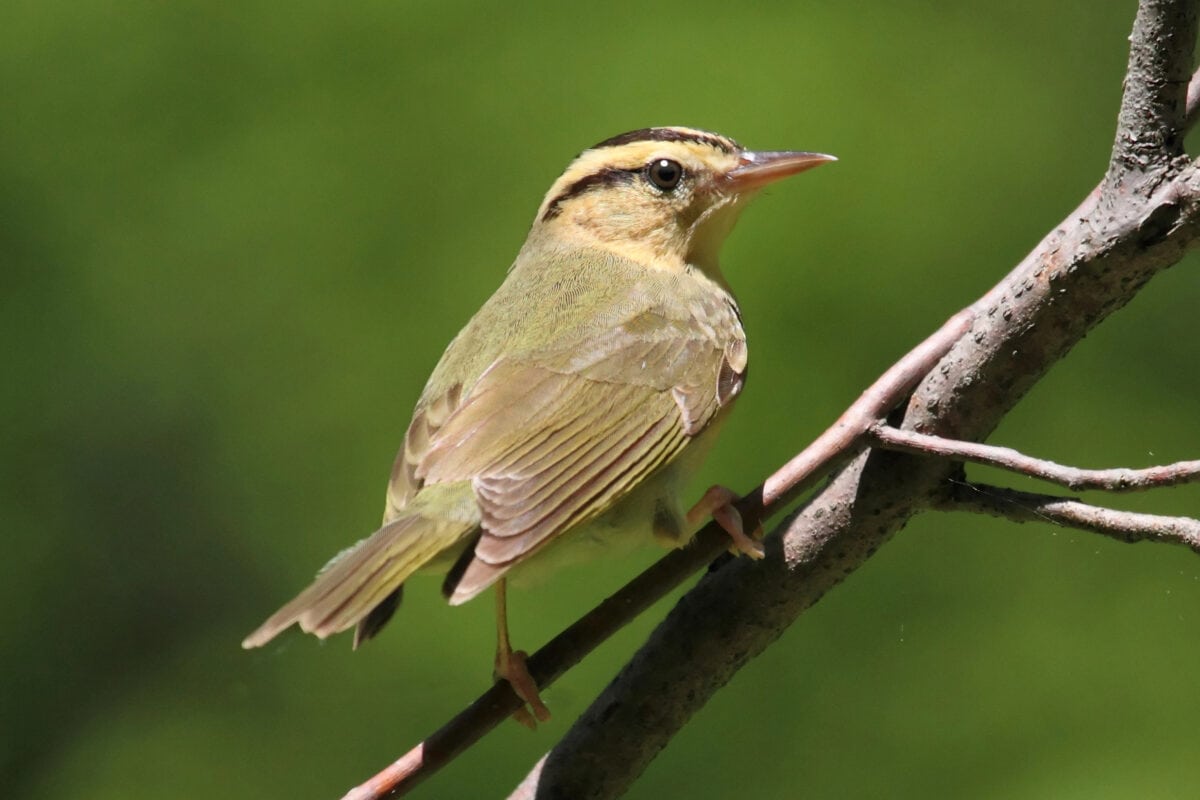Climate change poses a substantial threat to biodiversity, affecting ecosystems and the species that inhabit them. Among the most affected are birds, many of which face altered migration patterns, habitat loss, and shifts in food availability. Understanding which bird species are most vulnerable can help in conservation efforts. This article highlights 15 bird species at significant risk due to climate change, offering insights into their challenges and survival tactics.
15. Polar Bear Owl

The Polar Bear Owl, also known as the snowy owl, inhabits the Arctic regions. Its icy habitat is rapidly shrinking due to rising temperatures and melting ice. Adapted to cold climates, these owls struggle with diminishing hunting grounds, affecting their prey availability and breeding success.
14. Emperor Penguin

The majestic Emperor Penguin faces severe threats from climate change, particularly due to diminishing sea ice in Antarctica. This habitat loss disrupts breeding and feeding habits, with temperatures rising faster than anticipated, endangering their previously stable colonies.
13. Piping Plover
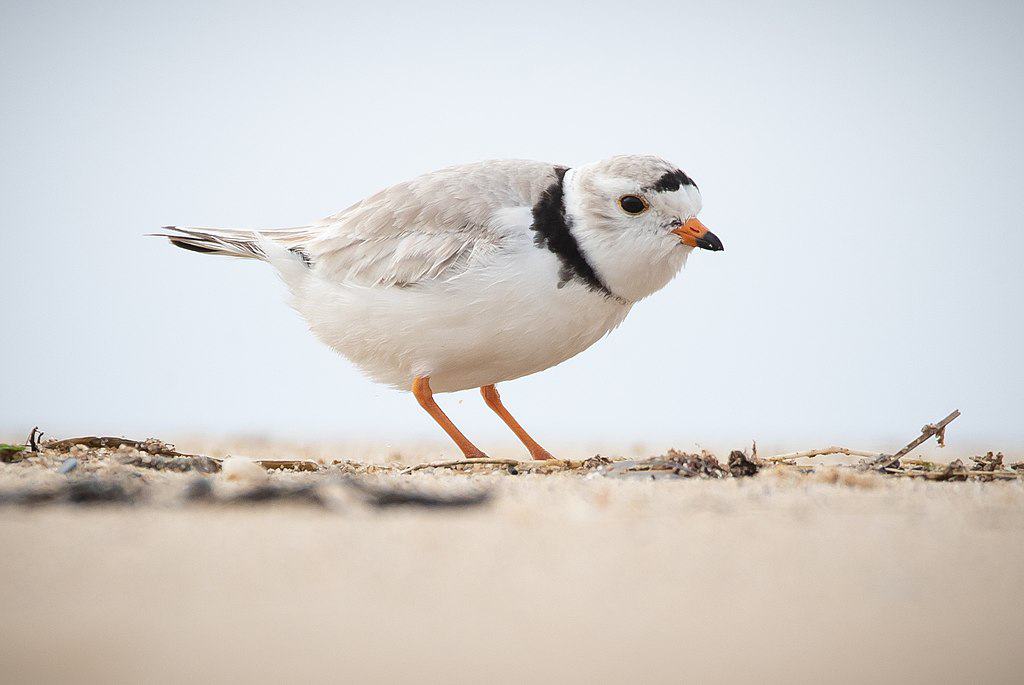
Small and delicate, Piping Plovers nest along North American shorelines. These birds are threatened by rising sea levels and increased storm frequency, which erase nesting sites. Human activity in coastal areas further pressures their already fragile habitat.
12. Yellow-Billed Cuckoo

Tropical cyclones and altered precipitation patterns significantly affect the Yellow-Billed Cuckoo. Its reliance on predictable seasonal weather makes climate fluctuations particularly harmful, disrupting its migratory and breeding patterns across North and South America.
11. Saltmarsh Sparrow

This bird is intricately linked to the coastal marshes it inhabits. Rising sea levels pose the biggest threat, flooding their habitat and nesting grounds. Without adequate dry land, Saltmarsh Sparrows face a severe risk of rapidly declining populations.
10. Cerulean Warbler

The migratory Cerulean Warbler, with its reliance on both North and South American ecosystems, is subjected to habitat loss from deforestation and changing climate conditions. As forest dynamics shift, this vibrant bird finds it increasingly difficult to survive both in breeding and wintering grounds.
9. Whooping Crane

Whooping Cranes, one of North America’s most endangered birds, face threats from habitat degradation exacerbated by climate change. The wetlands essential for their survival are drying up or being converted into agricultural lands, leaving the cranes with fewer places to breed and feed.
8. Atlantic Puffin
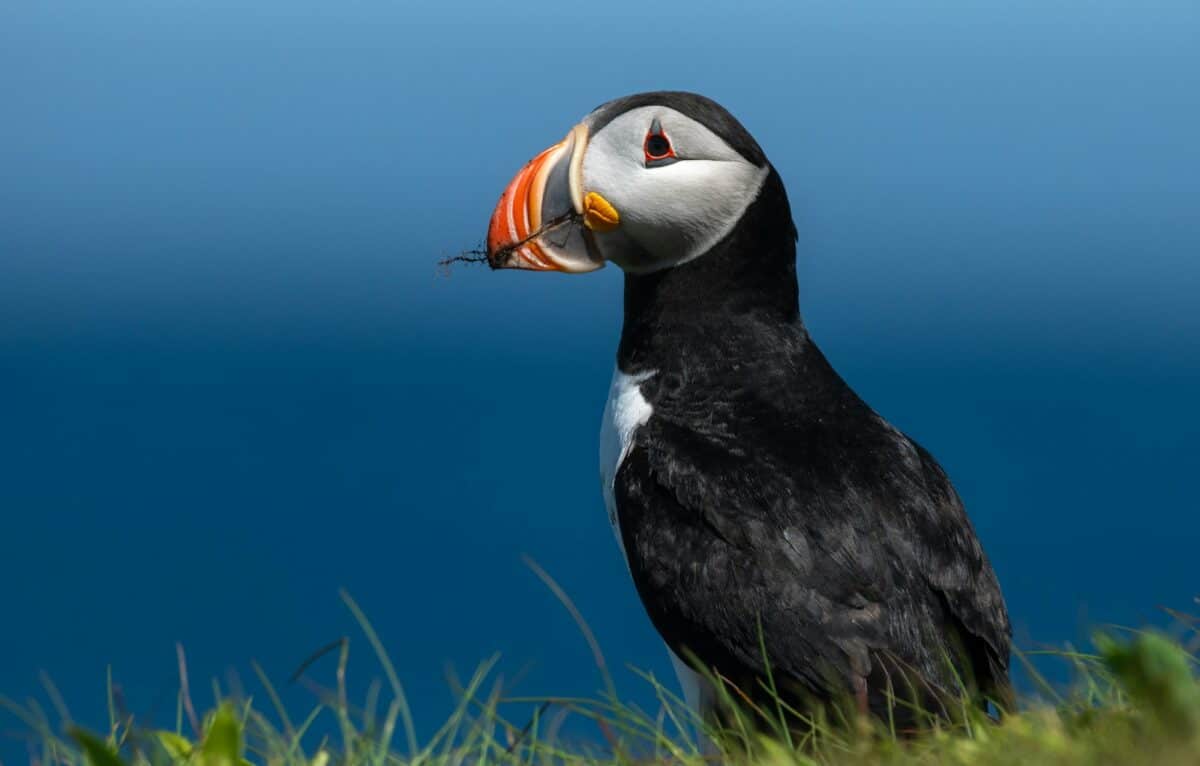
These charismatic seabirds face food shortages due to warming ocean temperatures affecting the availability of their primary prey, such as herring and sand eels. Changes in sea temperature also alter breeding times and success rates in their North Atlantic home waters.
7. Red Knot

The Red Knot’s long migratory journeys are jeopardized by rising sea levels and habitat modifications in coastal areas. The bird’s exact migration schedule depends on certain tidal landscapes for refueling, which are threatened by climate and human interferences.
6. Rufous Hummingbird

This small hummingbird relies on a stable climate for nectar sources throughout its journey from Mexico to North America. Shifts in flowering times and available floral resources due to climate changes can lead to mismatches, threatening their survival during migration.
5. Black-Capped Vireo

Endemic to a shrinking habitat in Texas and Mexico, the Black-Capped Vireo faces habitat loss from climate change-induced droughts and wildfires. With breeding territories becoming more scarce, ensuring their continued survival becomes ever more challenging.
4. Sage Grouse

Sage Grouse depend on sagebrush ecosystems and are sensitive to climate change effects like drought and fire. These events reduce plant availability and quality, which can lower breeding success and population viability over time.
3. Tufted Puffin
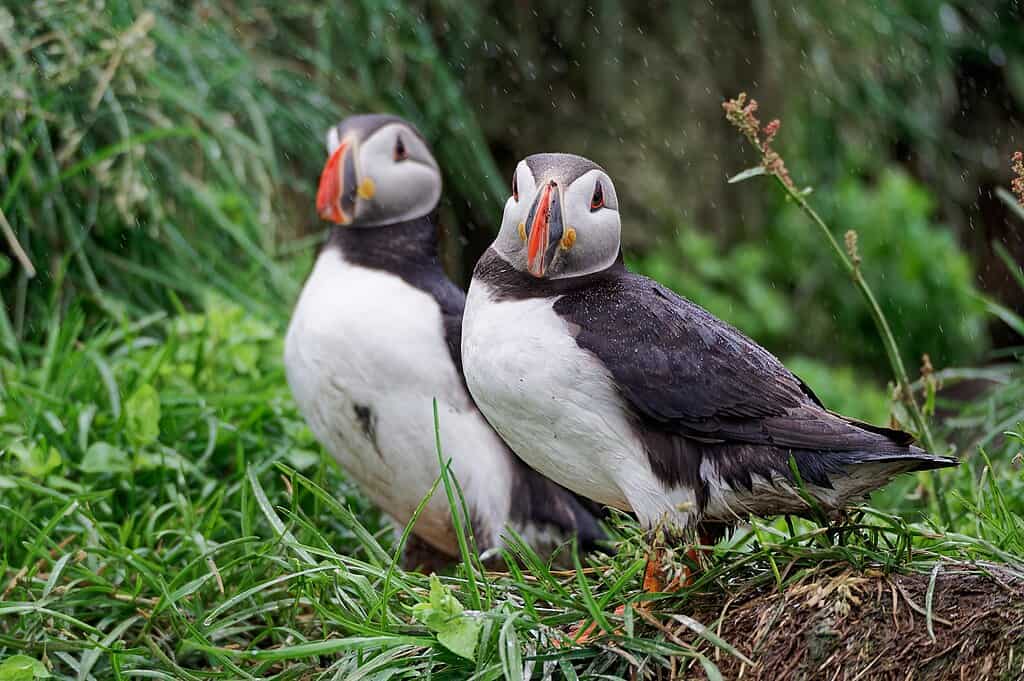
Similar to its Atlantic counterparts, the Tufted Puffin is affected by changing sea temperatures and fish stocks. The warming Alaskan waters impact their food supply directly, which translates to reduced breeding success and chick survival rates.
2. Kirtland’s Warbler
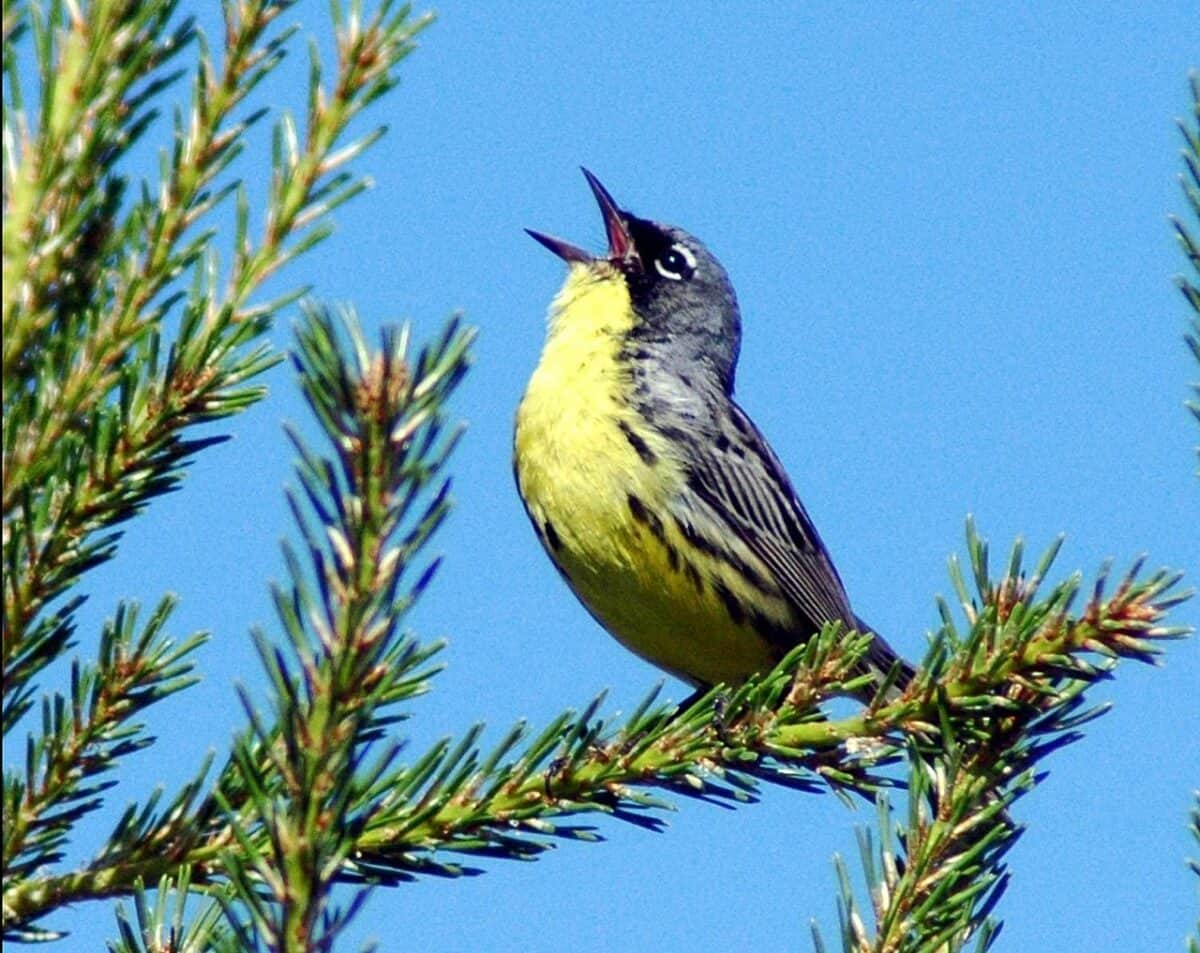
With its reliance on specific jack pine forests, Kirtland’s Warbler faces a threat from climate change amplified forest fires and habitat fragmentation. Conservation efforts are challenged by the changing conditions, which disrupt their stringent habitat requirements.
1. Marbled Murrelet

Residing along the Pacific Coast, the Marbled Murrelet faces deforestation and changes to marine ecosystems. An increase in ocean temperature and pollution reduces successful foraging efforts, posing a risk to adult birds and their offspring.
The Path Forward:
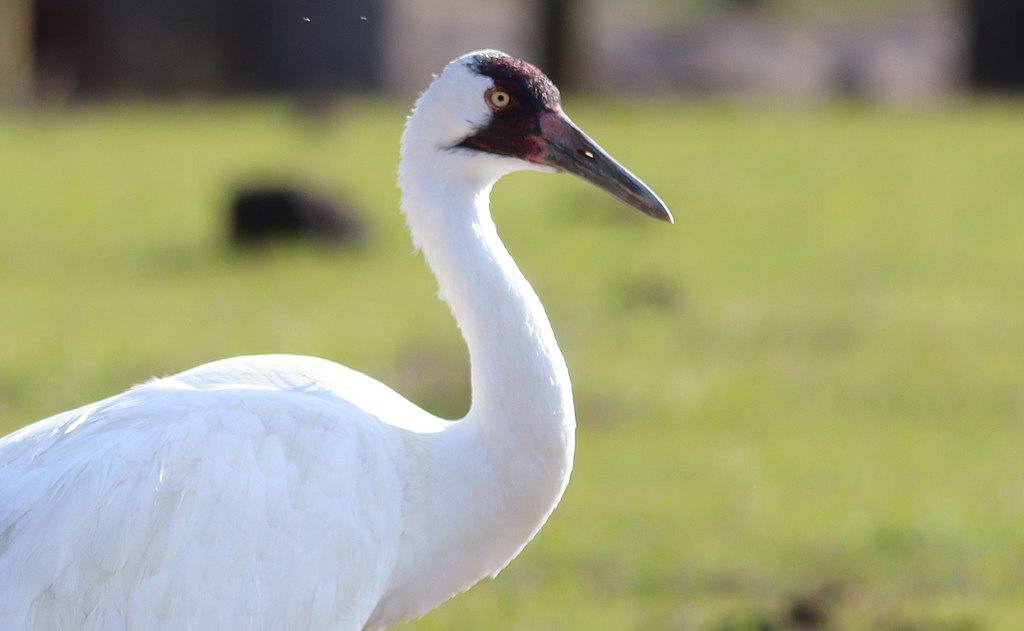
Understanding the impacts of climate change on these avian species underscores the urgent need for comprehensive conservation strategies. Protecting unique ecosystems and mitigating climate change impacts depend on global cooperation and local actions. Efforts must focus on habitat preservation, policy changes, and innovative solutions to ensure these vulnerable bird species continue to grace our planet for generations to come.
- 12 Times Nature Created Something Completely Unexplainable - August 20, 2025
- 11 Pets That Show Human-Like Emotions - August 20, 2025
- 14 Times Nature Shocked Scientists - August 20, 2025

